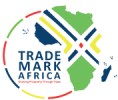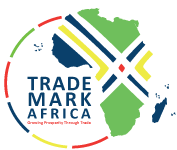The dream of achieving low airfare in Africa may soon be realised should the African Union’s plans run full course. The bloc expects to launch its Single African Air Transport Market at the end of this month in Ethiopia. According to the AU, 23 regional countries have committed to the cause that whose full implementation will see, among other benefits, the cost of air travel drop by more than 25 per cent. AU chairperson Moussa Faki Mahamat in his New Year message said SAATM will be launched on the margins of the African Union Summit to be held between January 22-29 this year. “Twenty-three member States have pledged their solemn commitment to the Single Air Market, the implementation of which will increase the number of routes, reduce the cost of air travel and contribute to the expansion of intra-African trade and tourism,” said Mr Mahamat in the statement. Efforts to have African countries open up a common airspace has been frustrated by States that want to protect their weak airlines from competition, raising debate on whether this will be achieved. Ministers of Infrastructure from Common Market for Eastern and Southern Africa (Comesa) in a report last year October said some countries have been reluctant to embrace full implementation of a seamless airspace as it will expose their airlines to stiff competition. “Implementation has been hampered by reluctance by States that claim to have weak airlines to embrace full implementation as their airlines cannot compete,” said the report in part. The...
Africa on the runway to seamless airspace
Posted on: January 10, 2018
Posted on: January 10, 2018















